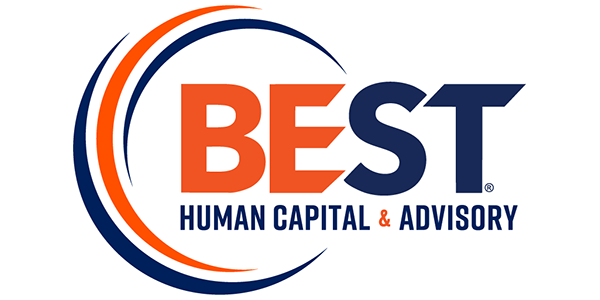
To Be Strategic or Transactional? That is the Question
The Case for Human Resources in Strategic Planning Ask most business leaders and professionals, and they will describe human resources in transactional terms. “They are the department that hires people, fires people, manages our benefit plans, and tells us how much we can pay people.” A lot to unpack there for sure, but that perception […]








